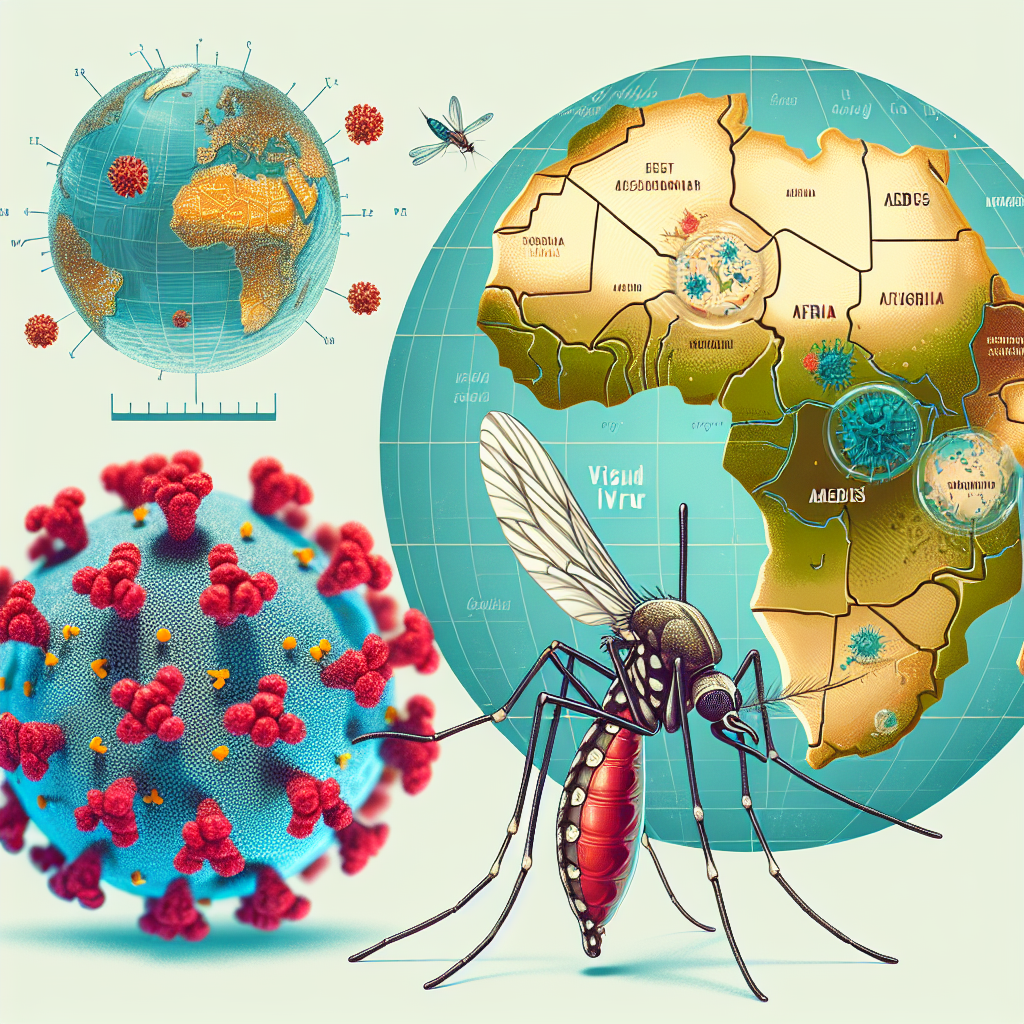Rift Valley Fever Outbreak Claims Lives in Senegal's Livestock Region
Senegal is facing its deadliest Rift Valley Fever outbreak in decades, with 17 deaths recorded. The virus, mainly affecting livestock, spreads via mosquitoes. Experts link the increase in cases to climate change and warning systems are inadequate, making control efforts challenging.

- Country:
- Senegal
Senegal is grappling with one of its deadliest Rift Valley Fever (RVF) outbreaks in decades as 17 fatalities have been reported, according to a health ministry official. With 119 confirmed cases concentrated in the livestock-dense northern region, concerns are mounting over potential further spread of the virus.
The World Health Organization highlights that RVF is predominantly spread among animals via mosquitoes, and humans can become infected through bites or contact with fluids from infected animals. The Africa Centres for Disease Control and Prevention has reported that no human-to-human transmissions have been documented.
Endemic since the 1980s, recent outbreaks of RVF in Senegal and across Africa are increasingly linked to climate change, according to the Africa CDC's Dr Merawi Aragaw Tegegne. The current outbreak, declared on September 21, faces challenges due to low community awareness and a weak early warning system.
(With inputs from agencies.)
ALSO READ
President Trump's peace plan will bring relief to hostages, civilian population in Gaza and whole world: UK PM Starmer.
Case under SC/ST Act should be registered against lawyer who tried to hurl shoe at CJI Gavai: Union minister Ramdas Athawale.
KICDC Advances Palakkad Industrial Smart City Development
Judicial officers, who have completed 7 years of practice as advocates, eligible to become district judges under bar quota: SC.
Contaminated Cough Syrup Crisis: WHO Seeks India's Clarification










